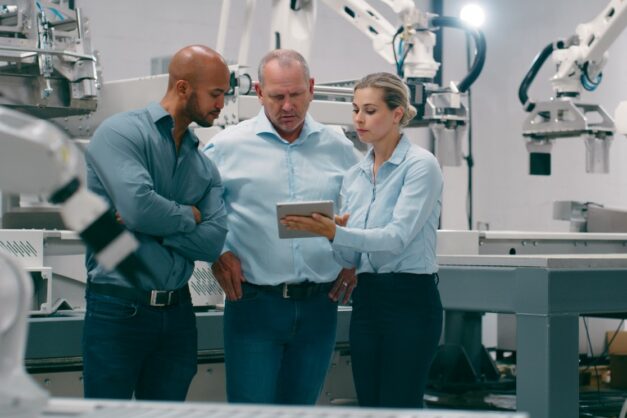Tech Transformation: How IT Consolidation Is Solving Manufacturing's Workforce Crisis

The Manufacturing Workforce Crisis: A Persistent Challenge in Today's Industrial Landscape
The manufacturing sector continues to grapple with a critical labor shortage that shows remarkable staying power. Unlike temporary economic fluctuations, this workforce challenge appears deeply rooted and resistant to quick solutions. Companies across the industry are experiencing unprecedented difficulties in recruiting and retaining skilled workers, a trend that experts predict will persist well into the foreseeable future.
The shortage stems from multiple complex factors, including an aging workforce, skills gaps, changing workforce demographics, and a growing disconnect between traditional manufacturing roles and emerging technological requirements. Young professionals increasingly view manufacturing as less attractive compared to technology and service-based industries, further exacerbating the recruitment challenges.
Manufacturers are now forced to adopt innovative strategies to address this ongoing talent crisis. These approaches include enhanced training programs, competitive compensation packages, workplace modernization, and strategic partnerships with educational institutions to develop a more robust talent pipeline.
As the industry continues to evolve, the labor shortage remains a critical issue that will require sustained, multifaceted efforts to effectively resolve. Companies that can adapt and create compelling workplace environments will be best positioned to navigate this challenging landscape.

